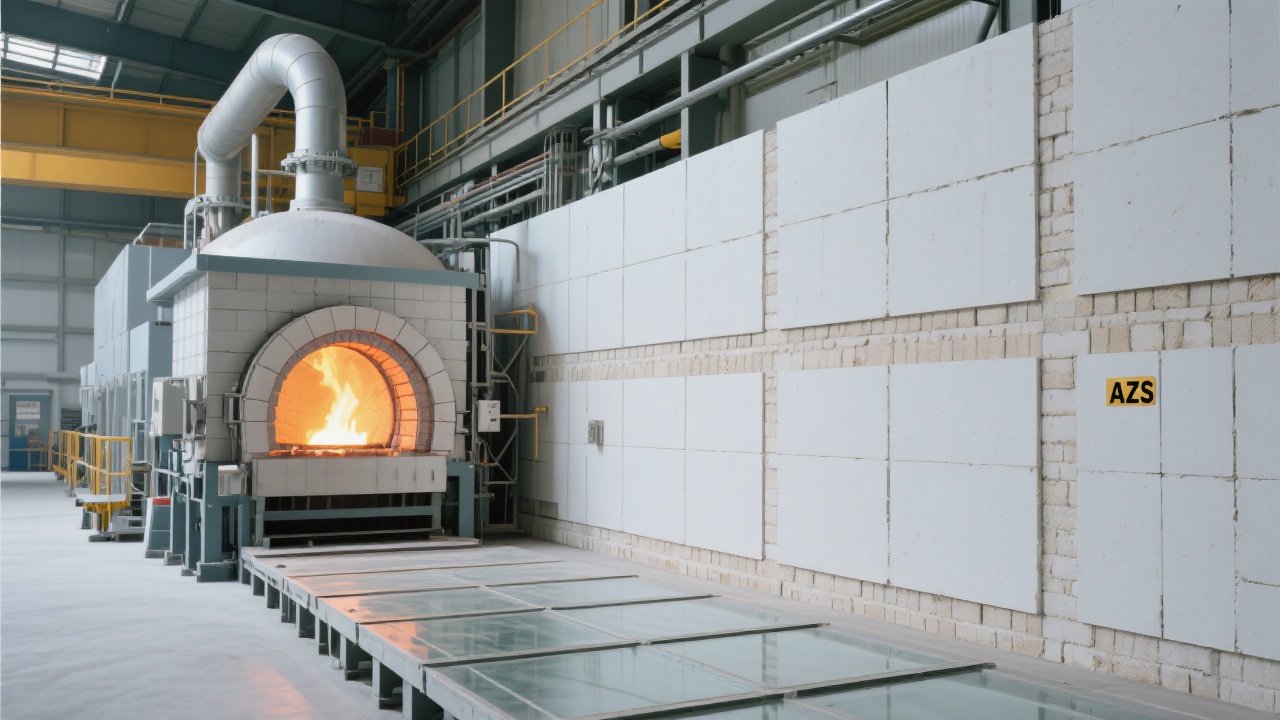
In the high-temperature environments of industrial furnaces—especially in steelmaking and non-ferrous metal processing—耐火材料 (refractory materials) must withstand extreme thermal stress, chemical attack, and mechanical wear. Among these, magnesium carbon bricks stand out due to their excellent thermal shock resistance and low erosion rate. However, achieving consistent quality across international markets demands more than just raw material sourcing—it requires a systematic approach to process optimization.
According to recent data from the International Refractories Association (IRA), over 60% of global refractory manufacturers report increased pressure on margins due to rising energy costs and stricter environmental regulations. In this context, companies that fail to optimize their magnesium carbon brick production face two risks: lower product consistency and reduced competitiveness in export markets like Europe, Southeast Asia, and the Middle East.
| Process Step | Traditional Approach | Optimized Solution |
|---|---|---|
| Raw Material Mixing | Batch mixing with manual control | Automated twin-shaft mixer + real-time moisture monitoring |
| Pressing Technique | Manual hydraulic press (±5% density variation) | Computer-controlled ramming press (±1.5% density tolerance) |
| Firing Cycle | Standard kiln firing (~1450°C, 12 hrs) | Controlled atmosphere sintering (~1550°C, 8 hrs) |
A leading European steel manufacturer faced recurring issues with premature brick failure in their basic oxygen furnace (BOF). After analyzing their production line, our team recommended a three-part improvement plan:
The result? Within six months, the plant saw a 32% reduction in brick replacement frequency and a 15% drop in maintenance downtime. Their export orders from Japan and South Korea increased by 28%—a direct outcome of improved reliability.

By integrating advanced equipment and data-driven process adjustments, manufacturers can not only meet but exceed global standards such as ISO 15715 or ASTM C1628. The benefits are clear:
For companies aiming to scale globally, it’s no longer enough to produce magnesium carbon bricks—you must engineer them for performance, consistency, and compliance. Whether you’re targeting EU clients requiring strict emission certifications or Middle Eastern plants needing ultra-high thermal stability, a tailored process strategy is your strongest asset.
Ready to transform your magnesium carbon brick production into an export-ready powerhouse?
Get Your Customized Process Optimization Plan Now →
